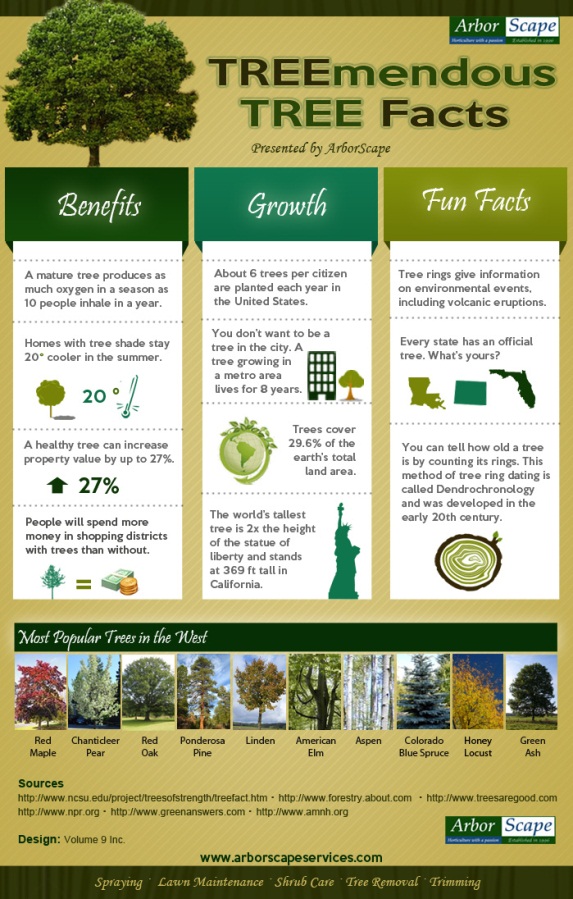Post-Tree Removal Treatment Plays A Significant Role In Landscape Reconstruction; Discover Vital Actions To Improve Your Environments And Reduce Future Concerns
Material By-Langley Leblanc After a tree's removal, your landscape may look fairly various, and it's vital to examine the after-effects carefully. You'll wish to evaluate the dirt disturbance and examine surrounding plants for any type of signs of stress. Neglecting these aspects can bring about larger problems down the line. So, what should you make with those stumps and roots? And just how do you pick the very best plants for your revitalized area? Let's check out these important steps.
Evaluating the Consequences: Examining Your Landscape
After a tree removal, it's essential to evaluate your landscape to comprehend the influence it carries your lawn. Beginning by taking a look at the location where the tree stood. https://www.fenews.co.uk/press-releases/56195-what-are-the-most-lucrative-trades-businesses-to-start for signs of dirt disturbance, and examine the bordering plants for any stress and anxiety or damage. You must likewise keep in mind of just how the elimination has actually altered sunshine exposure and air flow in your garden. This change can influence the development of neighboring plants, so it's necessary to assess their health. Take into consideration the visual facets as well; the elimination could create an open space that you can redesign. Lastly, consider any potential erosion concerns that might arise from the tree's absence. Attending to these variables early will aid recover balance to your landscape.
Managing Stumps and Roots: Alternatives for Elimination
As soon as you've evaluated the results of the tree removal, you'll likely need to tackle the stump and roots left behind. You have a few choices for elimination. One reliable technique is stump grinding, where a specialist utilizes a device to grind the stump down to underground degree. This method leaves very little interruption to your landscape. If you prefer a do it yourself method, you can use a mix of digging and chemical stump removers. Just remember, this procedure can require time and effort. Conversely, think about leaving the stump as an all-natural attribute, which can function as an one-of-a-kind garden component or environment for wildlife. Whatever you select, resolving the stump and roots is important for restoring your landscape.
Choosing the Right Plants for Your New Room
As you examine your freshly gotten rid of area, selecting the right plants can significantly enhance your landscape's appeal and functionality. Start by considering the sunshine and dirt problems. For sunny areas, go with drought-resistant plants like lavender or succulents. In shaded spots, brushes and hostas grow well. Think about the dimension and development behaviors of your plants; mix perennials and annuals for seasonal selection. Do not forget to integrate native types; they need less maintenance and support local wild animals. Team plants in strange numbers for a much more natural look and develop layers for visual deepness. Lastly, ensure you have a mix of shades and textures to maintain your landscape lively throughout the periods. Happy planting!
Conclusion
In conclusion, recovering your landscape after tree removal is a fulfilling procedure. By analyzing the results, attending to stumps and origins, and choosing the right plants, you'll produce a flourishing atmosphere. Don't neglect to incorporate erosion control measures to protect your dirt. With a little initiative and care, you can transform your room right into a dynamic yard that enhances your residential property. Accept Click To See More to rejuvenate your landscape and take pleasure in the beauty of nature right in your backyard! 